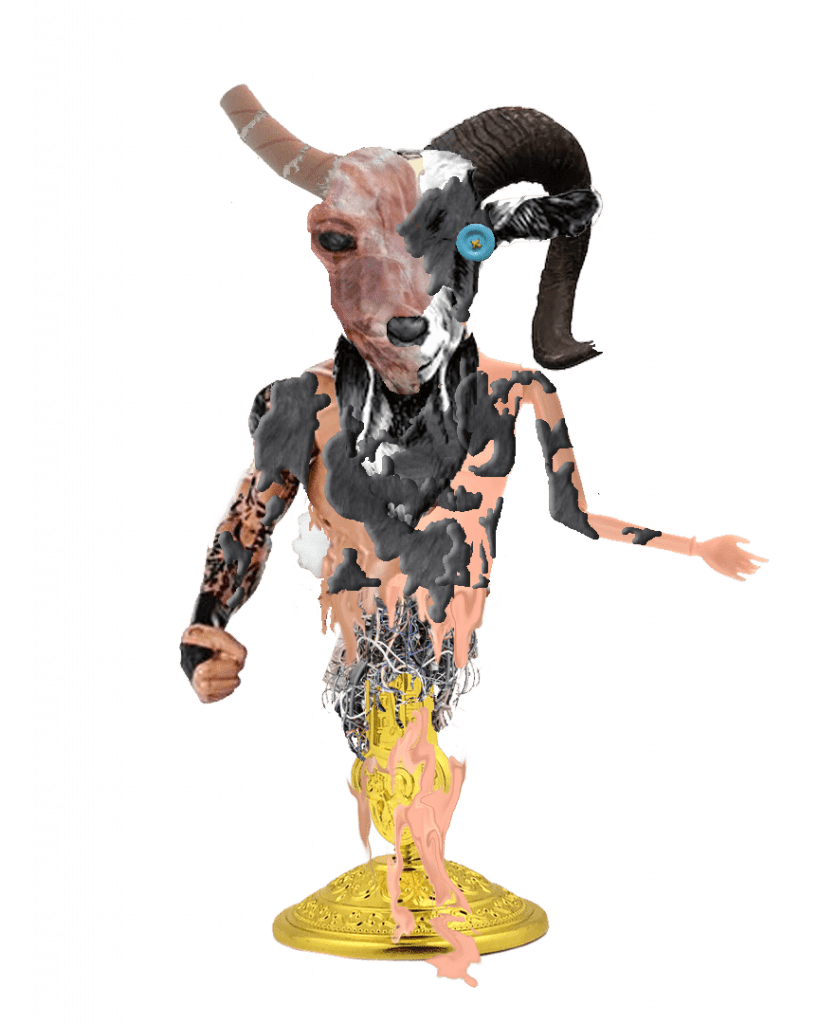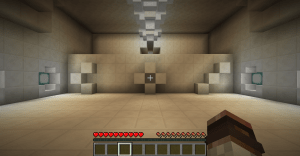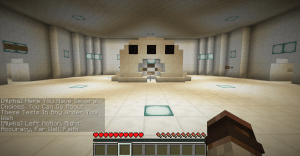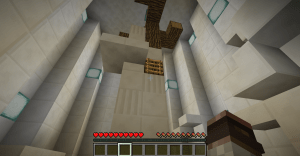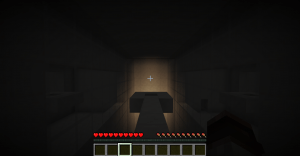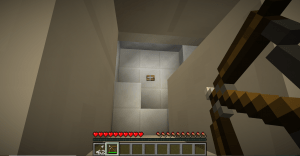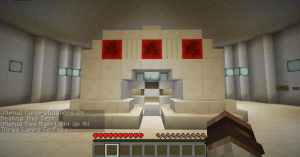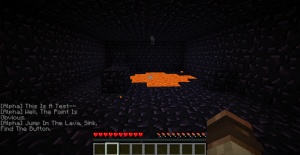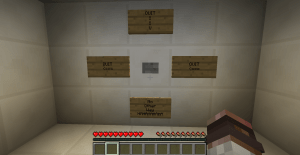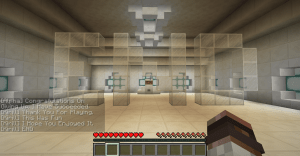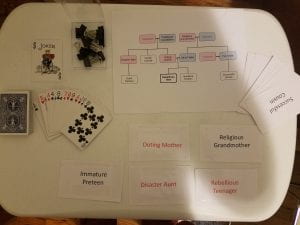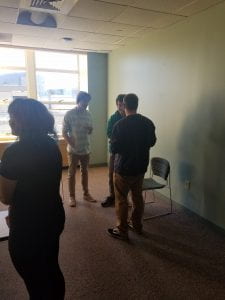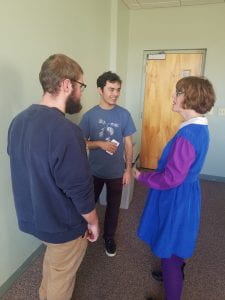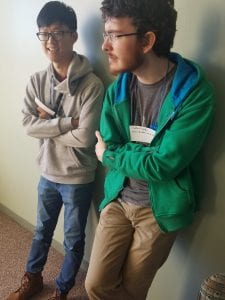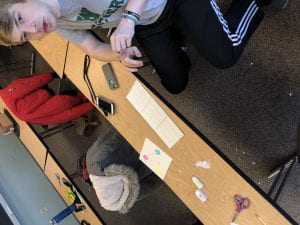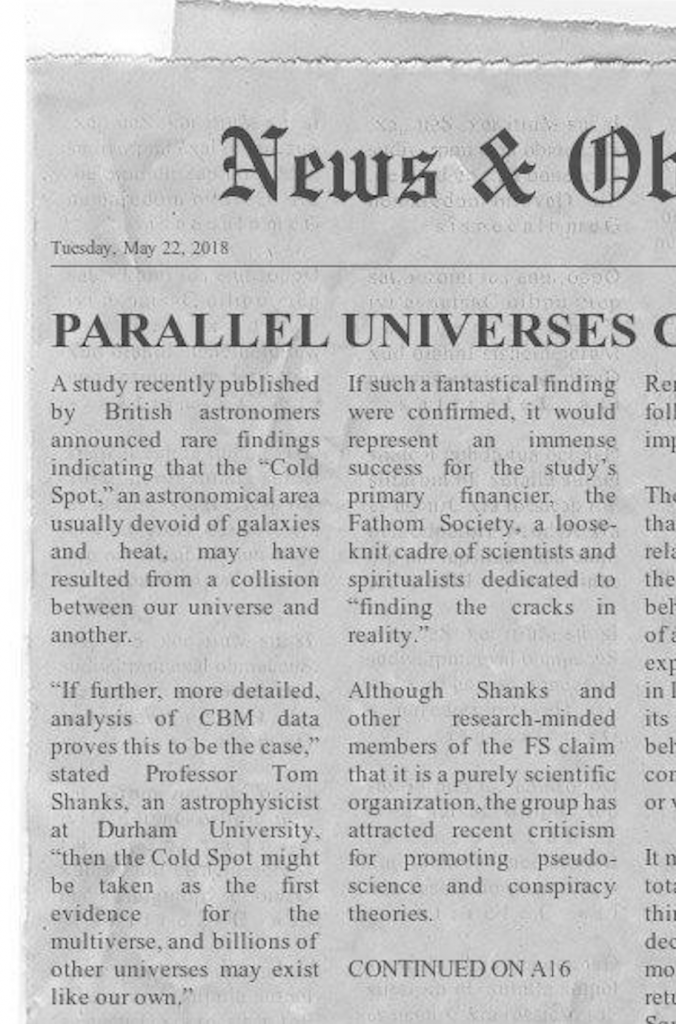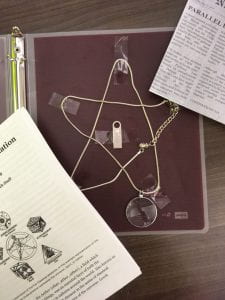The Pie Baker
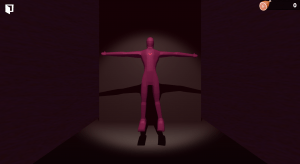
Statement:
The intersection of theater and games is something I’ve grown to be very interested in recent years. I had an upbringing around theater so much of my cultural backbone stems from that world. One of my favorite shows ever is Stephen Sondheim’s and Hugh Wheeler’s Sweeney Todd. I spent a large part of my senior year of high school obsessed with it’s score and thematic elements and it was around this time I asked a question that still plagues me to this day. How do you make a musical into a video game.?
I don’t know the answer. I can’t say I will ever but I’ll keep trying to find out.
So that’s where this game comes in. It’s based off of an idea I had for a Sweeney Todd VR game where in the song “Epiphany” you swing the controllers around rapidly slicing what and who ever is in the way. The idea is that the person playing will emulate the complete insanity of the main character at that point. I had no intentions on adapting that for this project until I read “Discourse Engine’s for Art Mods” where much of the discussion surrounded the mod “Adam Killer.” Reading the piece I drew connections between the art’s description and my own idea so lacking any better idea I decided that I will make something like that for the project.
What came to be the spooky scene was prominently an experimentation with many software programs. Horror can be easily made by just messing with software you don’t fully understand until something uncanny is produced. “What happens if I take off all the hinges on a rag doll? Oh oh wow, oh god.”
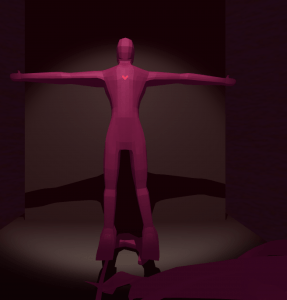
The domestic baking outline that exists to hide the dark symbolic slicing scene was made as not only a further adaptation of Sweeney Todd but also as satire on many mobile games. The UI is directly downloaded from the Unity Asset store, this was in effort to make the game look more generic and closer to what I wished to satirize. The main loop of the game is buying meat and wheat and then waiting 20-25 seconds for the pie to bake and be sold. It’s slow, repetitive, completely draining, and with a profit of 1 coin per pie… will take 10 hours until you beat the game. There are two ways of speeding this up. You could purchase gems from the store to buy coins or meat (not implemented because I don’t want your money) or you can visit the cellar and get your coins fro the small price of symbolic murder. Capitalism can be fun!
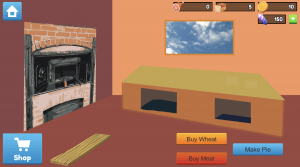
This is a piece of game art. It’s not made to be fun, but I did want to make the juxtaposition of the colorful kitchen and the spooky cellar funny. It seems that’s how I best deal with my frustrations, make other people laugh at them.

